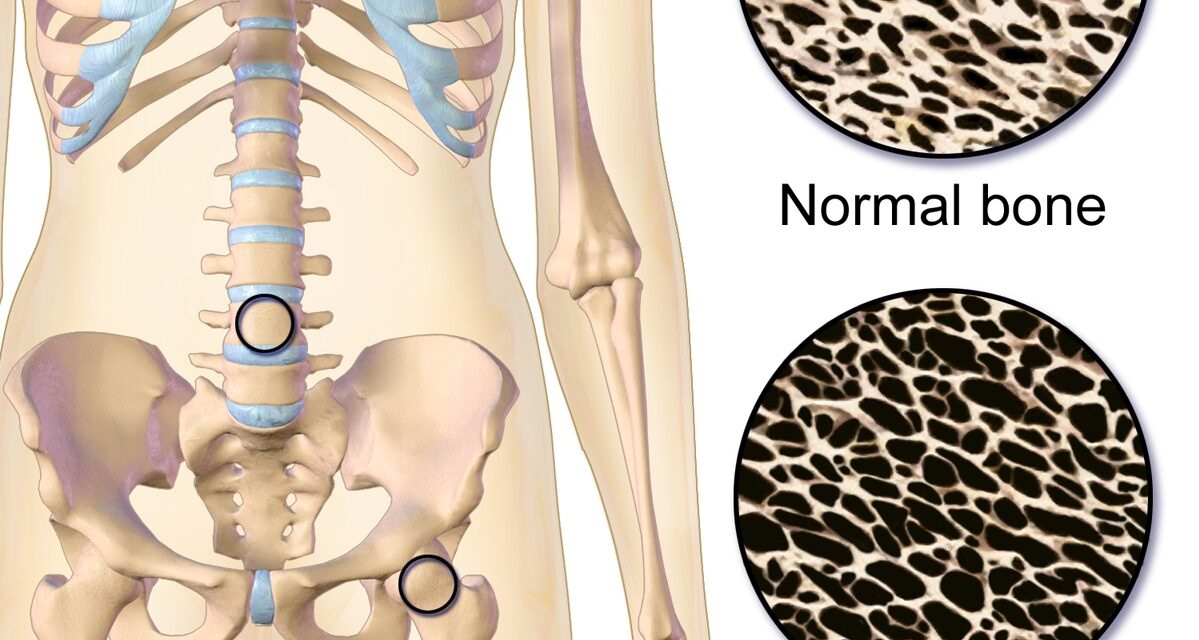Which Muscles Should I Strengthen For Neck Pain?
The muscles of the neck are responsible for movements of the head and shoulder blade, as well as, stabilization of the head on the neck during daily activities. These muscles must be capable of both low repetition, high force contractions as well as high repetition, low force contractions to accomplish these tasks. Patient’s with neck...

